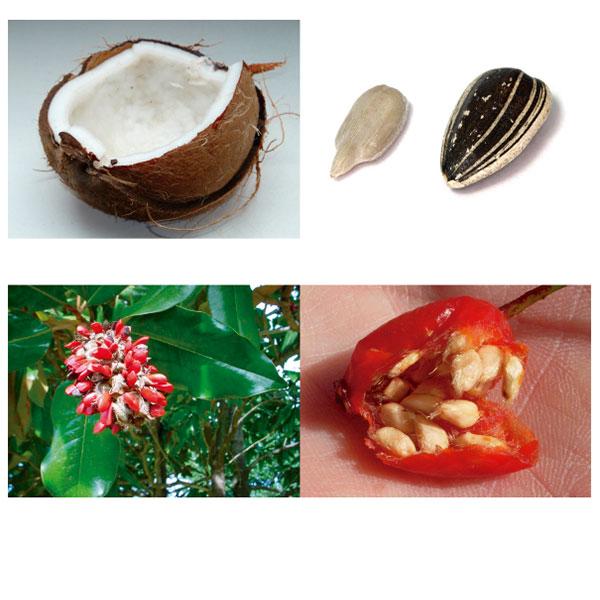
Submitted by Helen C. Scott on Fri, 28/07/2017 - 08:05
Why are some groups of flowering plants extremely diverse while others are very poor in species? Are the traits of species and the rate at which they evolve important in generating this uneven distribution of biodiversity? By using the largest available phylogenetic tree of plants coupled with an unparalleled trait dataset, Javier Igea and collaborators analysed how seed size and its rate of change across the phylogeny are correlated with the rate of species formation. Seed size is crucial to plant evolution because it is related to adaptation to environment and influences many aspects of plant life history, including dispersal, resistance to damage and colonisation potential. In this paper just published in PLOS Biology, they found that faster rates of seed size change were associated with faster rates of speciation, probably by fostering the appearance of reproductive barriers between lineages. They also found that smaller seeded species speciated faster than larger seeded ones. These results underscore the importance of morphological traits, and particularly their rate of evolution, in promoting species divergence across one of the largest radiations of organisms on the planet.
